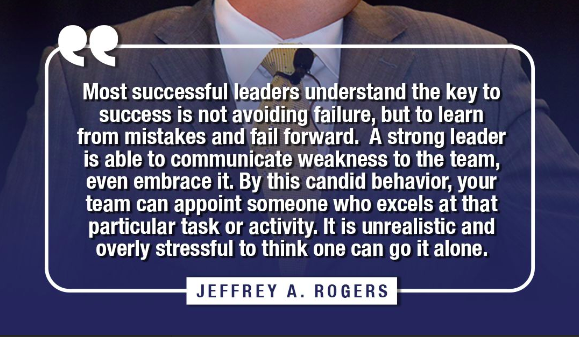Establishing Intentional Leadership to Support Organizational Change

Elevated leadership skills are necessary for the constantly changing business environment we face daily. Current advances in technology and digitization have rapidly increased the pace of change. Change is needed to remain relevant in the business world, yet many organizations F.E.A.R. (False Expectations Appearing Real) change!
Intentional Leadership
As a leader, the job demands making complex and often challenging decisions, knowing someone may not benefit from the decision. There will be winners and losers, and this can be hard. But, this is what we as leaders have signed up for and why we serve.
What are the benefits of one-degree styled leadership, you ask? To me, there are many ongoing benefits. I will not make a listing in this piece; instead, I will ask questions for your reflection. I ask you to find a peaceful, happy place and hunker in. Take a few moments to center yourself and clear your mind. Allow your brain to rest a moment and breathe.
As you begin to embrace the calm, I want you to think about what you are grateful for in your leadership roles. You most likely have many functions where you lead in some capacity, and each is different and requires different skill sets and responsibilities. You might consider this exercise in each of your unique leadership roles.
As you answer these straightforward questions, take a moment to journal your responses. I am willing to wager you treat others far better than you treat yourself. Most of us do this, and often we think we are being selfish if we place ourselves ahead of others. Unfortunately, we do this for various reasons, and most of them are not so good.
How Leaders Create and Support Change
The process of change requires structure, a plan, and a way to measure results. Otherwise, change can, and most probably will be a shot in the dark. I have outlined the process of change down below. But the real discussion is how to consistently encourage and support the process of change in your organization. There most likely will be organizational resistance to your imposed changes to the status quo. That is pretty much guaranteed as you might expect.
"The process of change requires structure, a plan, and a way to measure results."
- Jeff Rogers, CPMBC
What is Organizational Change Management?
The organizational process of change is generally accepted as defining the problem, identifying possible solutions to correct or remedy, taking action, allocating appropriate resources to correct, implementing the change in the organization, and finally, making the change a standard process moving forward in the organization. Wow, with all that said, it sounds like a lot of work to engage this process.
It is a lot of work, but to ignore or postpone this process will only make the situation much worse. We all know that to be true. But sometimes, we delay the process due to F.E.A.R.
 Intentional Leadership Responsibilities
Intentional Leadership Responsibilities
If we buy into the concept, we will suffer from the implementation of what we know we need to do. The idea the risk or resistance is greater than the reward and peace of mind we choose to create with the change. STOP that thinking NOW and DO what you know you need to DO!
From a position of leadership to an executive position of leadership, it is your responsibility to consistently identify and engage in improvement and change in your organization. Ethical change at that.
The status quo simply is not good enough in our ever-changing business climate and world for that matter. This is not to under-appreciate the good and positive in your unique organization. Nor am I suggesting that what you have may not be fantastic, but you must always ask yourself: "How can it be better?"
The Organizational Change and Support Process Defined
Leadership Support for Organizational Change
Systems drive business. In this exercise, I have outlined a proven system for your success. Sometimes proper business behaviors can be difficult, and take you into your uncomfortable zone. Difficult discussions can often be avoided by investing time to develop a strong system to drive the desired performance. Do the work and build your system for success. Do not leave success to chance. Success leaves clues, what clues are you leaving?
Action steps for YOUR intentional leadership
- Design and Your Organizational Structure
- Geographic Space and Distance
- Authority to Make Critical Decisions
- Tracking and Key Performance Indicators for Measurement
- Individual Roles and Responsibility Sets
- Acquire, Develop and Retain talent in your Organization
- Evaluation of Individual, Team, & Organizational Performance
- Recognition and Reward for a job well done
Click below to download the full document and find more depth and useable information regarding your leadership success.



